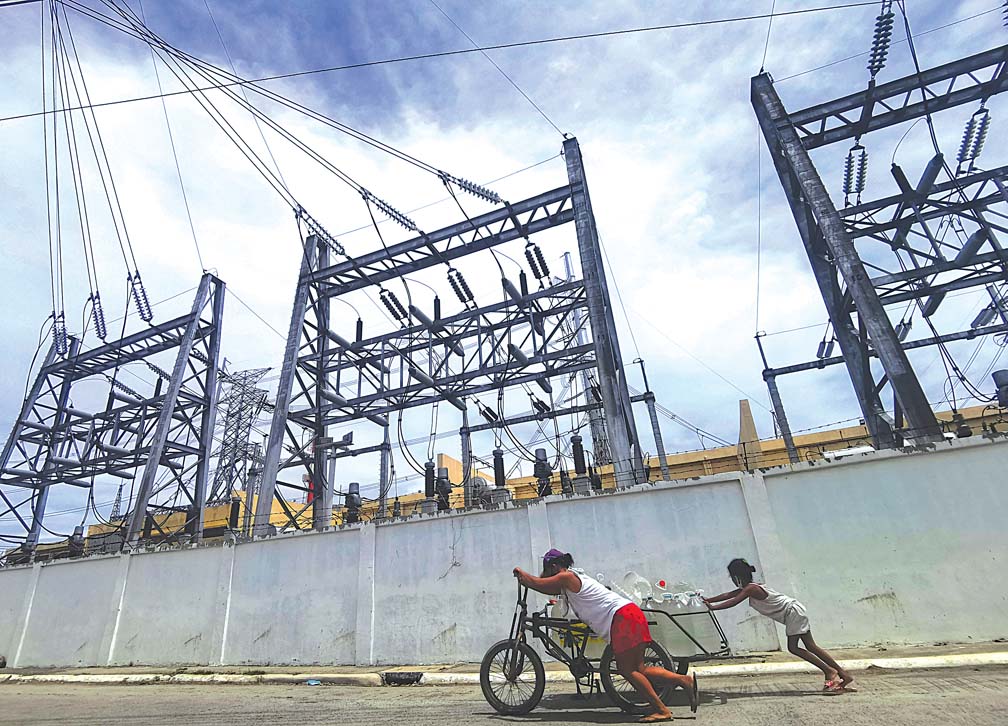THE Philippines dropped two notches in the World Digital Competitiveness Ranking of the IMD World Competitiveness Center, putting it at the bottom 10 of the list.
In its 2020 report, IMD ranked the Philippines 57th out of 63 countries in terms of digital competitiveness in the world.
“The Philippines slightly falls from 55th to 57th. The decline reflects the weakening of the talent and training and education subfactors. The deterioration of these subfactors is mainly driven by decreases in the availability of internationally experienced senior managers, attracting foreign highly skilled personnel and employee training,” the report read.
IMD uses three factors to determine the ranking of each country.
First is knowledge, which refers to the intangible infrastructure necessary for the learning and discovery dimensions of technology. It has three subindices: talent, training and education, and scientific concentration.
The second is technology, which quantifies the landscape of developing digital technologies. Its three subindices are regulatory framework, capital and technological framework.
The last factor is future-readiness, which examines the level of preparedness of an economy to assume its digital transformation. Its three subindices are adaptive attitudes, business agility and IT integration.
IMD compiled hard data and survey data to come up with 52 measurement tools to determine the rankings.
Mixed results
The Philippines saw a decline in knowledge, ranking 62nd, as its scores for talent, training and education, and scientific concentration also dropped.
For technology, however, the Philippines rose to 53rd, as it saw increases for capital and technological framework, but was slightly offset by regulatory framework.
The Philippines also fared better in terms of future-readiness, ranking 54th, as business agility and IT integration both rose, but adaptive attitudes slipped.
Despite increases in investments in the ICT sector, which saw an all-time high at P308.8 billion in October 2019, the Philippines has been seeing a steady decline in digital competitiveness over the past five years.
In 2016 and 2017, it ranked 46th on the IMD’s list. A year after, it fell 10 notches to rank 56th, and improved by a single step to 55th in 2018. By 2019 it ranked 57th.
For 2020, IMD listed the United States of America, Singapore, Denmark, Sweden, Hong Kong, Switzerland, the Netherlands, South Korea, Norway and Finland as the 10 most digitally competitive countries.
“The digital technologies remain at the core of strengthening the competitiveness of an economy. In particular, the role of knowledge generation and talent development in combination with effective regulation and infrastructure continue to drive digital competitiveness,” the report read.
Image credits: Nonie Reyes

































